I just scrolling Twitter when I found an interesting tweet about C code screenshot and its behavior, as shown in the attached image, the code looks just fine until you look at code execution result.
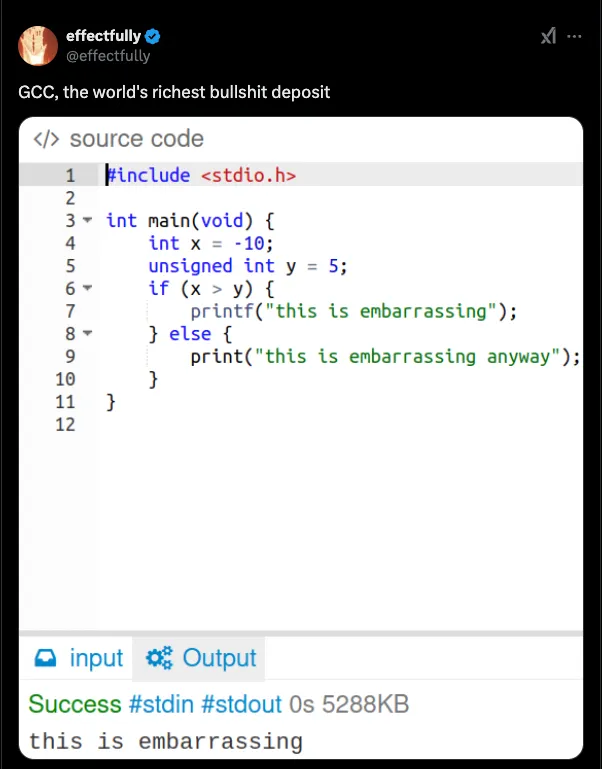
Shown in the image that x > y which represent as is -10 higher than 5 and the result of that comparison is said that -10 is higher than 5 by print out string "this is embarrassing" , hmmm how could? I didn’t just believe it, and try on my local using this code:
#include <stdio.h>
int main() {
int signValue = -10;
unsigned int unsignValue = 5;
if (signValue > unsignValue) printf("Something fishy..\n");
else printf("Still\n");
return 0;
}
And boom…
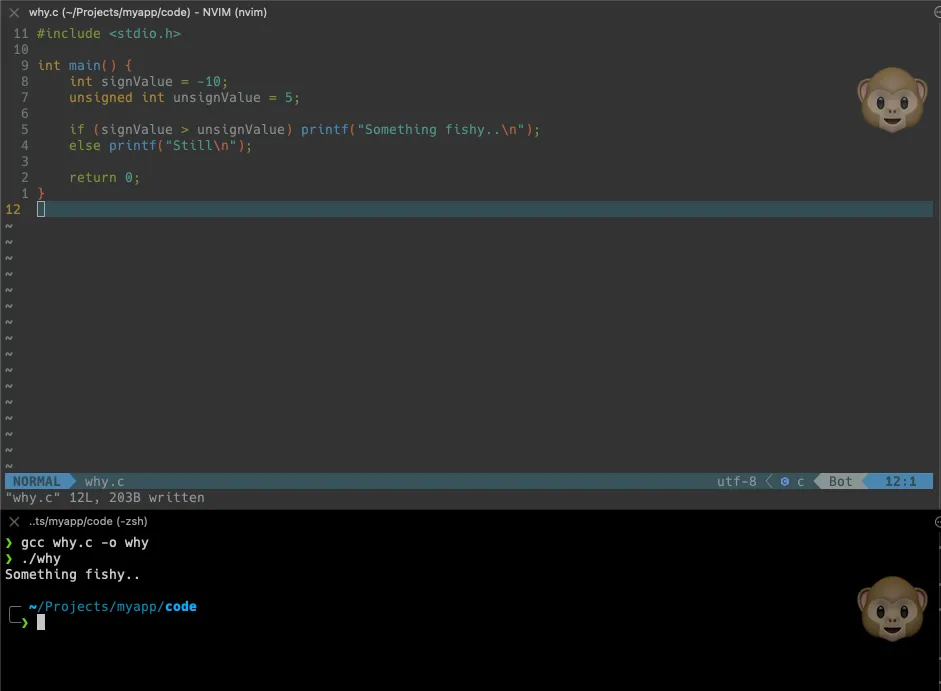
Indeed, the C program has something not right, and then I did a little research what the heck is this behavior, until I found out that this happen because of Integer Promotion Rules.
Signed and Unsigned
But before we talk about that rules, let’s summary what is Signed Integer and Unsigned Integer
Signed Integers, a signed integer simply represent value of negative and positive number, by this it uses two’s complement representation
Unsigned Integers, an unsigned integer not like signed integer, it merely represents non-negative numbers, so it will store the value as it is
What is two’s complement representation?
Two’s complement representation is common way to represent signed integers in binary, it ensures that the most significant bit (MSB), the bit in a binary number with the highest value— usually the leftmost bit in a binary, it indicates the sign 0 for positive number and 1 for negative number.
This is how the numbers are represented:
- We know that positive number represented as usual in binary
- Negative numbers represented in this small steps:
- Writing the binary
- Flipping each bits
- Adding
1to the result
For example, let’s say in 32-bit system with number -29:
- The binary for -29 is :
00000000 00000000 00000000 00011101 - Flip each bits:
11111111 11111111 11111111 11100010 - Add 1:
11111111 11111111 11111111 11100011
And the hex for that is 0xFFFFFFE3 which is the two’s complement representation of -29
So in the above screenshot code, the -10 will represent as 11111111 11111111 11111111 11110110 or 0xFFFFFFF6 , while 5 will represent as 00000000 00000000 00000000 00000101 or 0x5 which mean 0xFFFFFFF6 is higher than 0x5
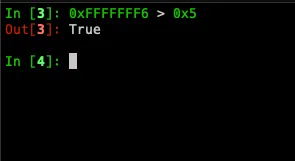 or in decimal numbers
or in decimal numbers 4294967286 for 0xFFFFFFF6 and 5 for 0x5
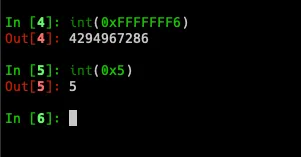
This rules also applied on C++, I tried in C++14
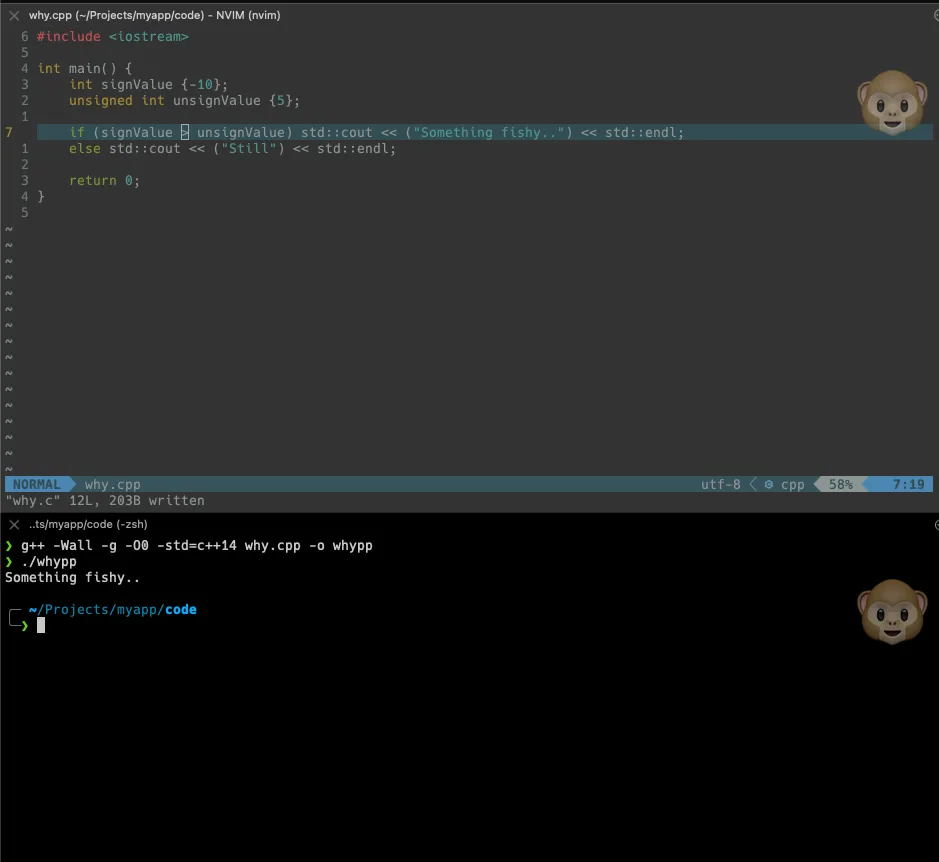
How to avoid that then?
I would personally to check the negative value first to avoid such cases, if the first value is negative then I will just return the value immediately, just keep it simple lol.
But, we can also cast the unsigned integer into signed integer during comparison
(signValue > (int)unsignValue)
That’s all, thanks for visit and reading this, cheers!!!